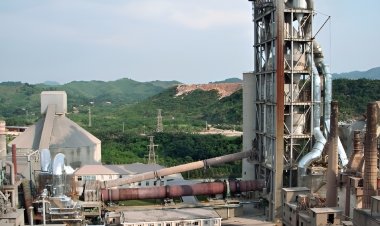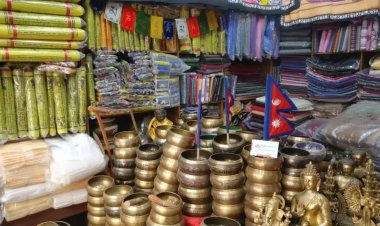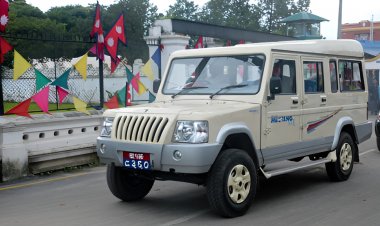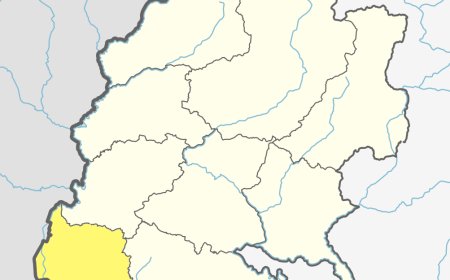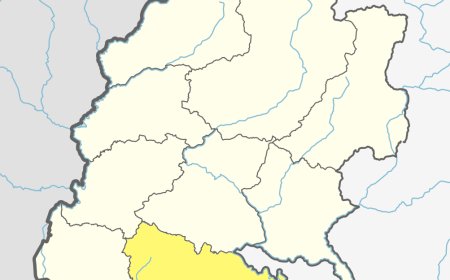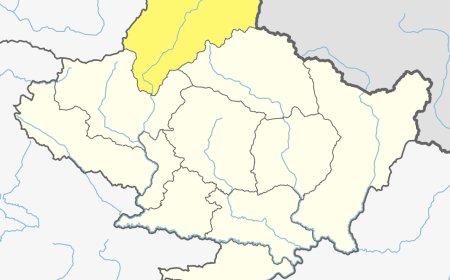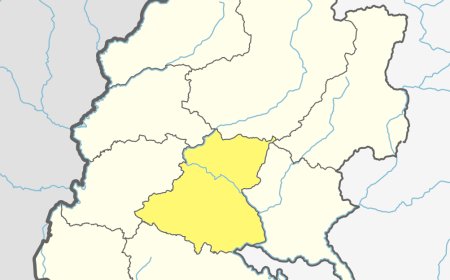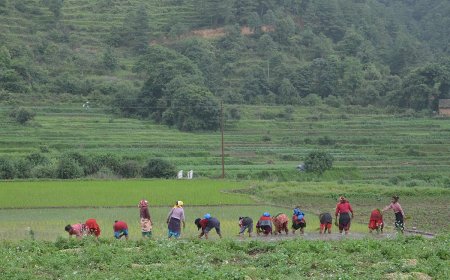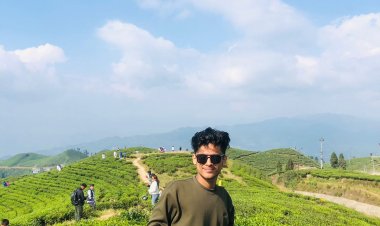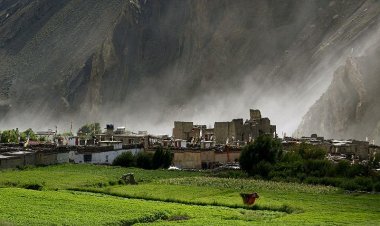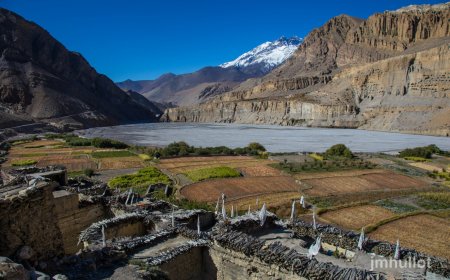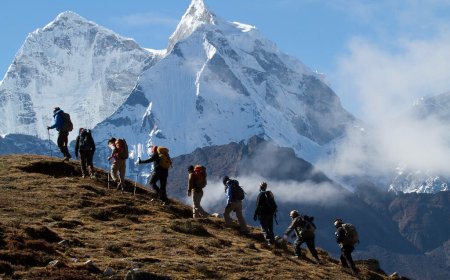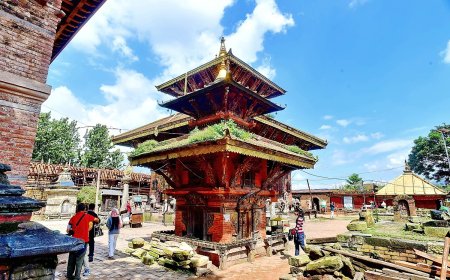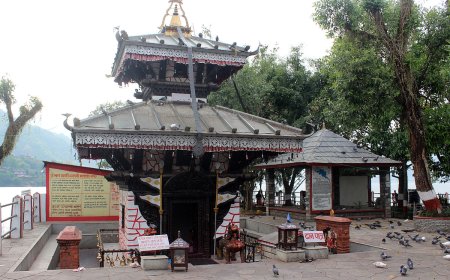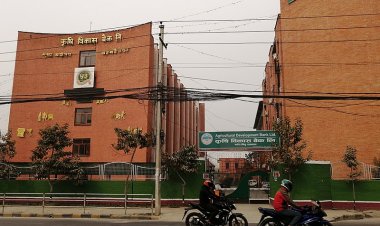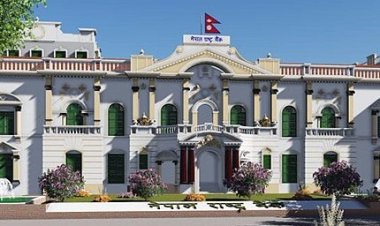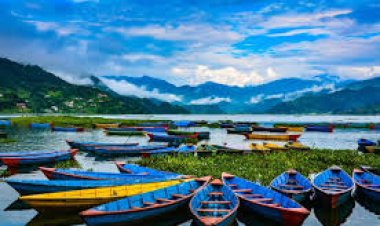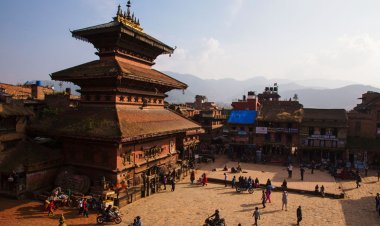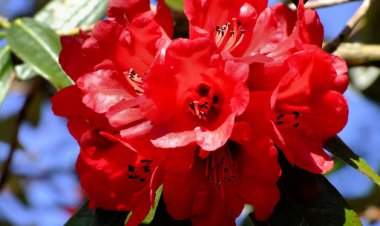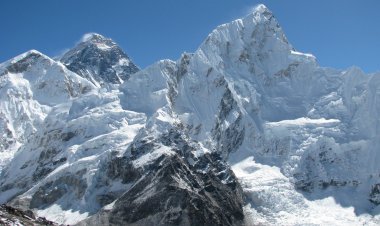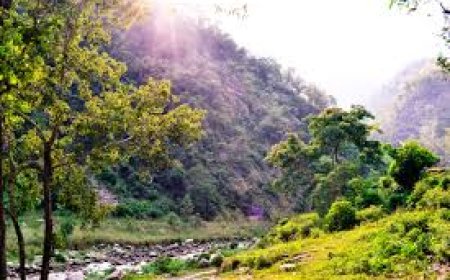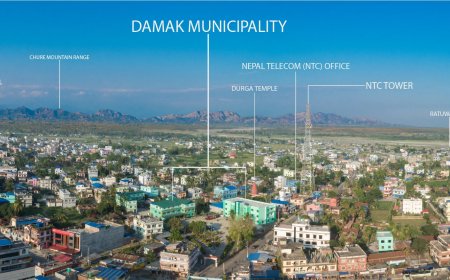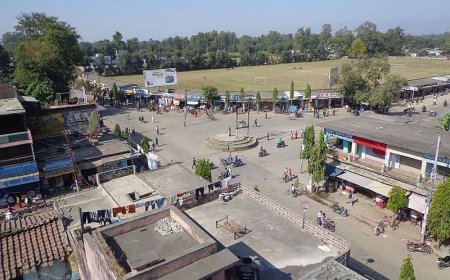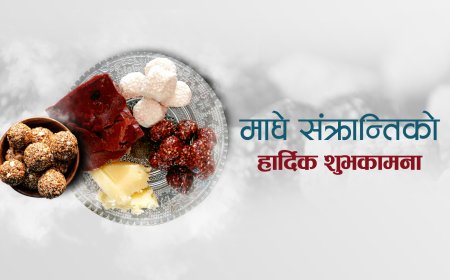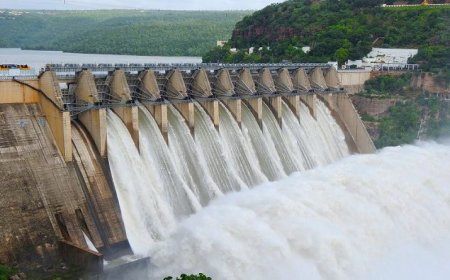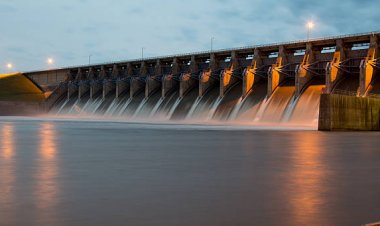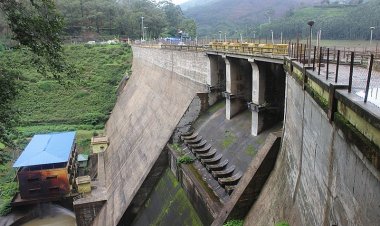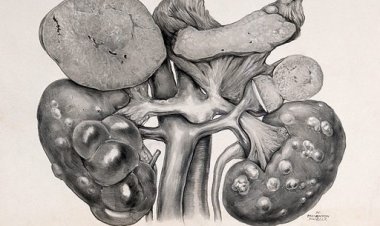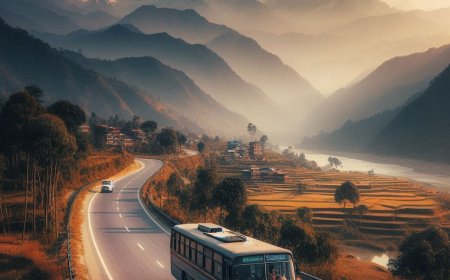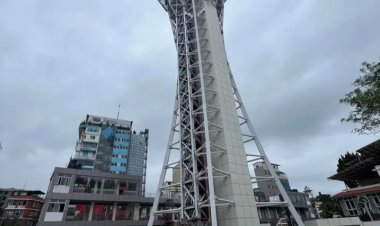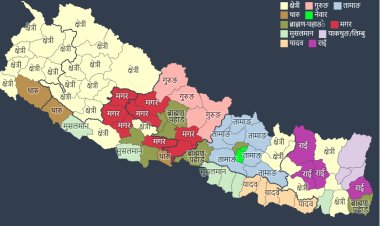Salyan: A Peaceful Retreat in Nepal’s Rolling Hills
Let’s discover Salyan district’s valleys, culture, and rural lifestyle, offering a peaceful experience in Nepal's mid-western region.
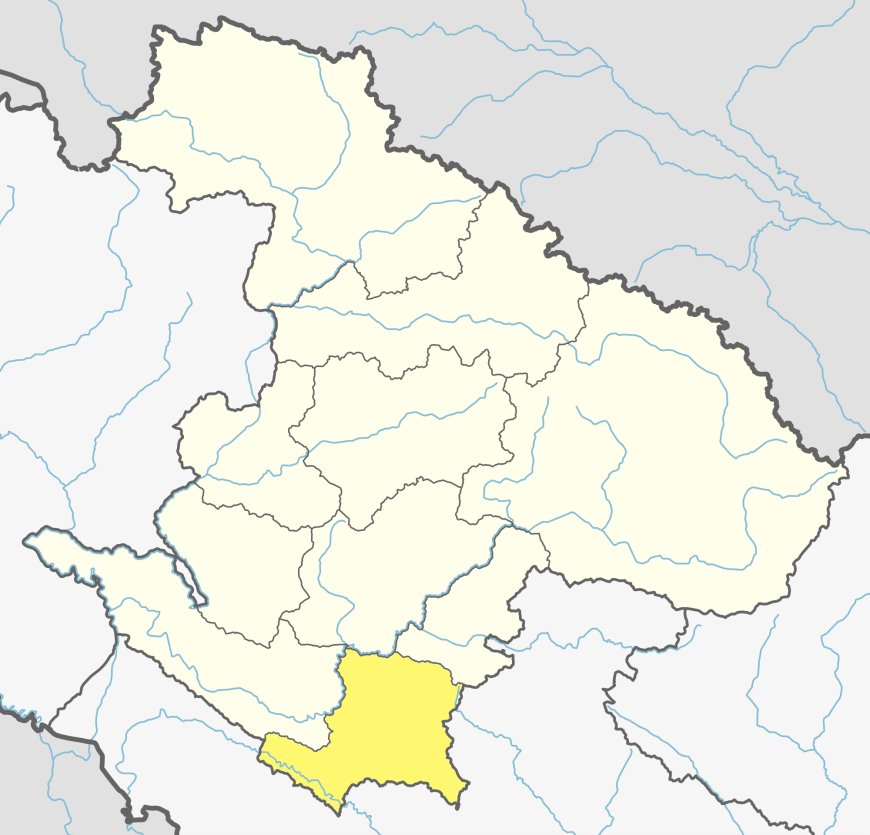
Introduction

Salyan is a beautiful district located in the western region of Nepal, renowned for its natural splendor, cultural richness, and historical significance. Located in the Karnali Province, this district offers a harmonious blend of scenic landscapes, traditional villages, and vibrant heritage. With its lush hills, tranquil rivers, and historic landmarks, the district serves as a captivating destination for travelers seeking peace, adventure, and cultural immersion. Its headquarters, Khalanga, acts as a hub for exploring the district’s myriad attractions and experiences. Whether you are a nature enthusiast, a cultural explorer, or a history buff, this district has something special for everyone.
Geographical Overview
This district covers an area of 1,462 square kilometers and is characterized by rolling hills, dense forests, and fertile valleys. The district’s elevation ranges from 300 meters to 2,336 meters, showcasing a diverse topography that supports varied ecosystems. The Bheri River, a major waterway, flows through the district, sustaining agriculture, hydropower, and aquatic biodiversity.
The climate in this district ranges from subtropical in the lower regions to temperate in the higher altitudes, making it suitable for diverse flora and fauna. The district’s geographical diversity makes it an ideal location for agricultural production, eco-tourism, and outdoor activities.
Table: Geographical Features
|
Feature |
Data |
|
Total Area (sq. km) |
1,462 |
|
Altitude Range (m) |
300–2,336 |
|
Major River |
Bheri |
|
Climatic Conditions |
Subtropical to Temperate |
Demographics
This district is home to a population of approximately 250,000 people, encompassing a variety of ethnic groups and communities. The majority of the population belongs to the Khas Arya group, followed by Magar, Tharu, and other indigenous communities. Nepali is the dominant language spoken, but ethnic languages like Magar and Tharu add to the linguistic diversity of the district.
Cultural traditions, festivals, and rituals play a significant role in the daily lives of Salyan’s residents, reflecting their deep-rooted heritage and communal harmony.
Table: Ethnic Composition
|
Ethnic Group |
Percentage (%) |
|
Khas Arya |
55% |
|
Magar |
25% |
|
Tharu |
10% |
|
Other Groups |
10% |
Cultural and Historical Significance
This district is a district rich in cultural and historical heritage. It is renowned for its traditional festivals such as Dashain and Tihar, celebrated with great enthusiasm across all communities. The Magar community observes Bhume Puja, a unique festival dedicated to nature worship and agricultural prosperity.
The district is also home to several historical landmarks, including the famous Tribeni Temple, a revered Hindu pilgrimage site located at the confluence of three rivers. The district’s historical significance extends to its role as a trade center in ancient times, with remnants of old trade routes and forts still visible today.
Table: Key Festivals
|
Festival |
Month |
Significance |
|
Dashain |
October |
Hindu festival symbolizing the victory of good |
|
Tihar |
November |
Festival of lights and brother-sister bonding |
|
Bhume Puja |
June |
Magar festival celebrating nature and harvest |
|
Maghe Sankranti |
January |
Celebrated with feasts and traditional rituals |
Major Attractions and Activities
This district’s stunning landscapes and cultural landmarks make it a destination worth exploring. The Bheri River offers opportunities for fishing, rafting, and scenic boat rides, while the lush hills provide perfect trails for trekking and birdwatching.
Among the district’s notable attractions is the Tribeni Temple, where devotees gather for spiritual solace. Visitors can also explore historic forts like Shreenagar and Kakre Vihar, which offer insights into Salyan’s past. The peaceful villages of Tharmare and Dangchaur allow travelers to experience authentic rural life and traditional hospitality.
Table: Major Attractions
|
Attraction |
Location |
Highlight |
|
Tribeni Temple |
Western Part |
Sacred pilgrimage site |
|
Bheri River |
Central Part |
Rafting, fishing, and scenic views |
|
Shreenagar Fort |
Khalanga |
Historic site with panoramic vistas |
|
Kakre Vihar |
Eastern Part |
Ancient Buddhist relics |
Outdoor activities in this district include hiking, exploring caves, and participating in eco-tourism initiatives that emphasize sustainable practices. The district’s vibrant local markets offer unique handicrafts, organic produce, and cultural souvenirs for visitors to take home.
Economic Overview
Agriculture is the backbone of this district’s economy, with crops like maize, millet, and wheat dominating local farming practices. The district is particularly known for its ginger production, which is a significant export product. Livestock farming, including goat and poultry, also contributes to the rural economy.
Tourism is a growing sector in this district, driven by its natural beauty and historical sites. Traditional crafts, such as bamboo weaving and woolen products, provide additional income while preserving the district’s cultural heritage.
Table: Economic Highlights
|
Sector |
Contribution |
|
Agriculture |
Maize, millet, wheat, and ginger |
|
Tourism |
Tribeni Temple, Bheri River activities |
|
Traditional Crafts |
Bamboo weaving, woolen products |
Conclusion
Salyan is a captivating district that seamlessly blends natural beauty, cultural heritage, and economic potential. Its rolling hills, rivers, and vibrant communities make it a destination that appeals to adventurers, spiritual seekers, and cultural enthusiasts alike. From the spiritual aura of Tribeni Temple to the adventurous allure of the Bheri River, this district offers a unique experience that leaves a lasting impression. Whether you are drawn by its breathtaking landscapes, warm hospitality, or rich traditions, this district promises a journey worth remembering.
Frequently Asked Questions (FAQs)
-
Where is Salyan located?
Salyan is situated in the Karnali Province of western Nepal.
-
What is Salyan best known for?
The district is famous for its historical landmarks, natural beauty, and cultural festivals.
-
Which river flows through Salyan?
The Bheri River is the major river flowing through Salyan.
-
What is the dominant ethnic group in Salyan?
The Khas Arya community forms the largest ethnic group in the district.
-
What are the major crops grown in Salyan?
Maize, millet, wheat, and ginger are the primary crops grown in Salyan.
-
What is the best time to visit Salyan?
Spring (March to May) and autumn (September to November) are the best seasons to visit Salyan.
-
What cultural festival is celebrated by the Magar community?
The Magar community celebrates Bhume Puja to honor nature and agricultural prosperity.
-
What is the significance of Tribeni Temple?
Tribeni Temple is a sacred Hindu site located at the confluence of three rivers.
-
What makes the Bheri River special?
The Bheri River offers opportunities for rafting, fishing, and scenic boat rides.
What's Your Reaction?































